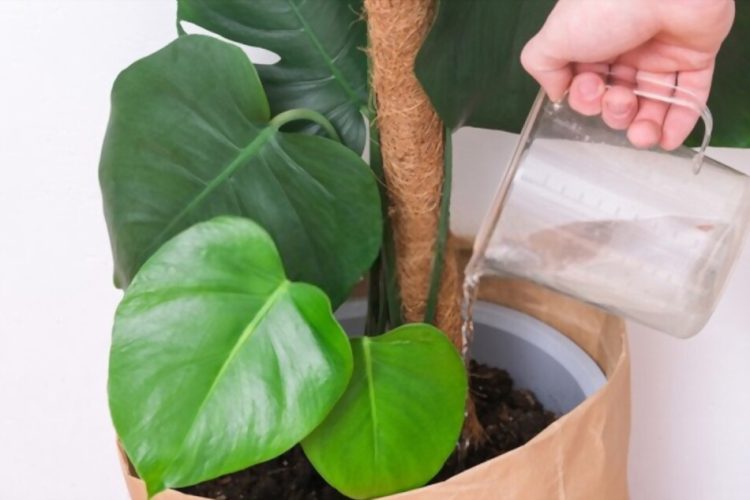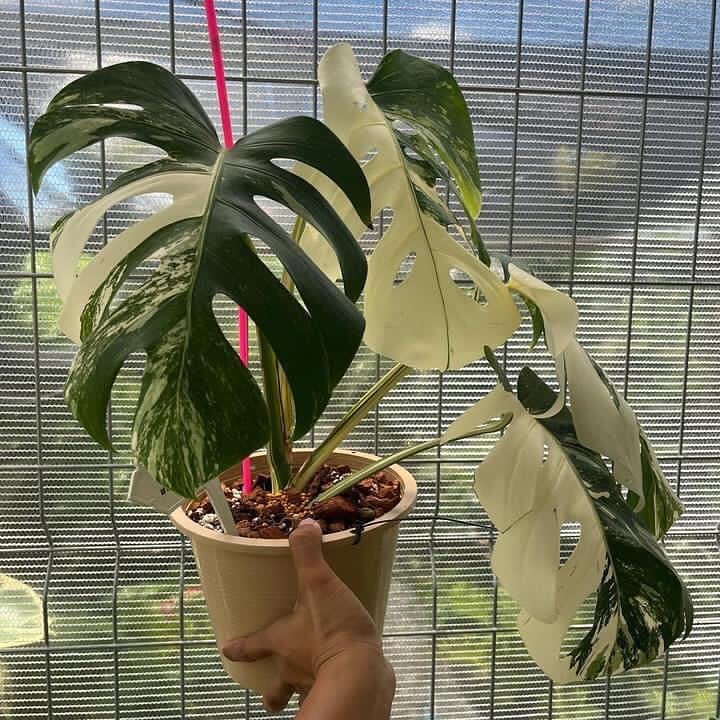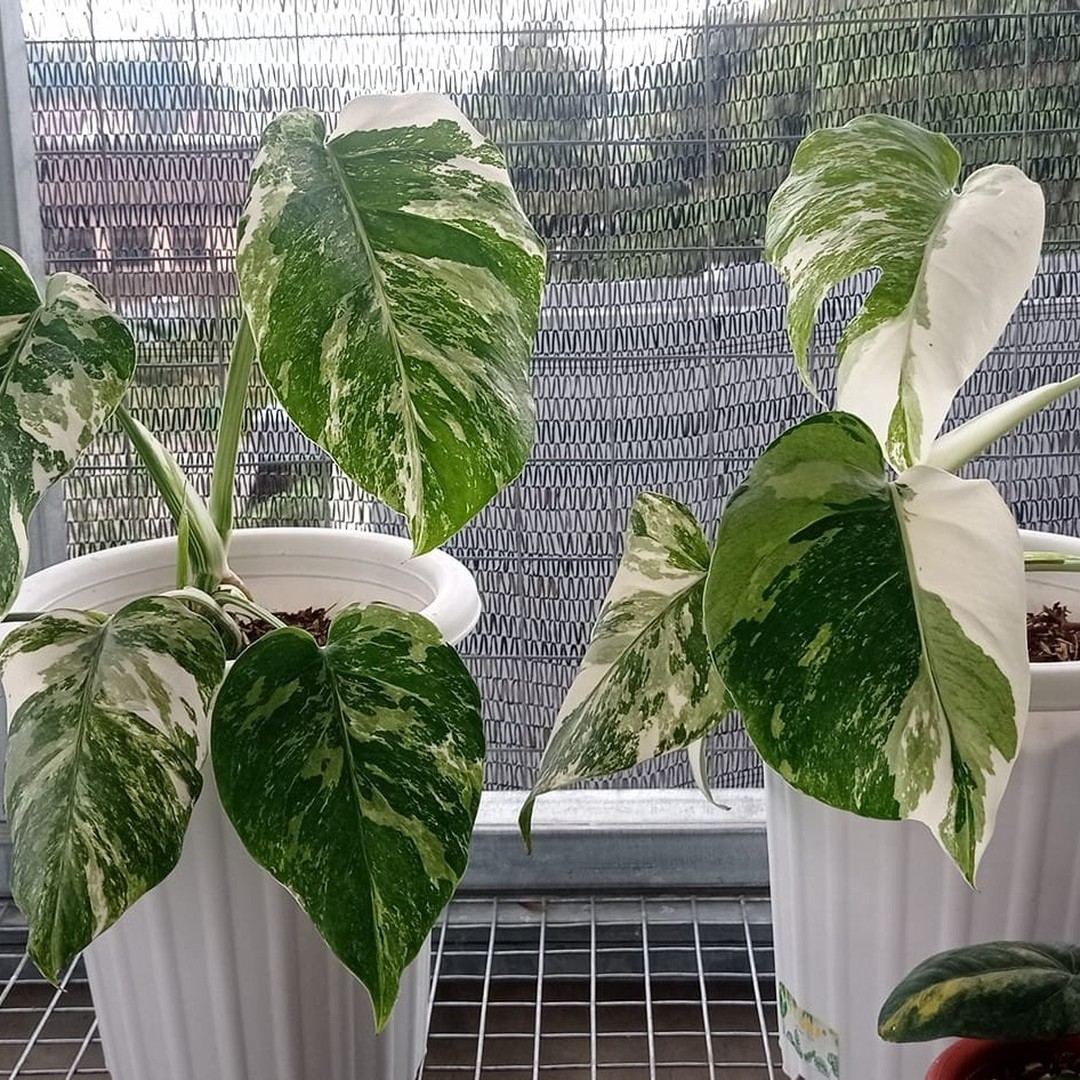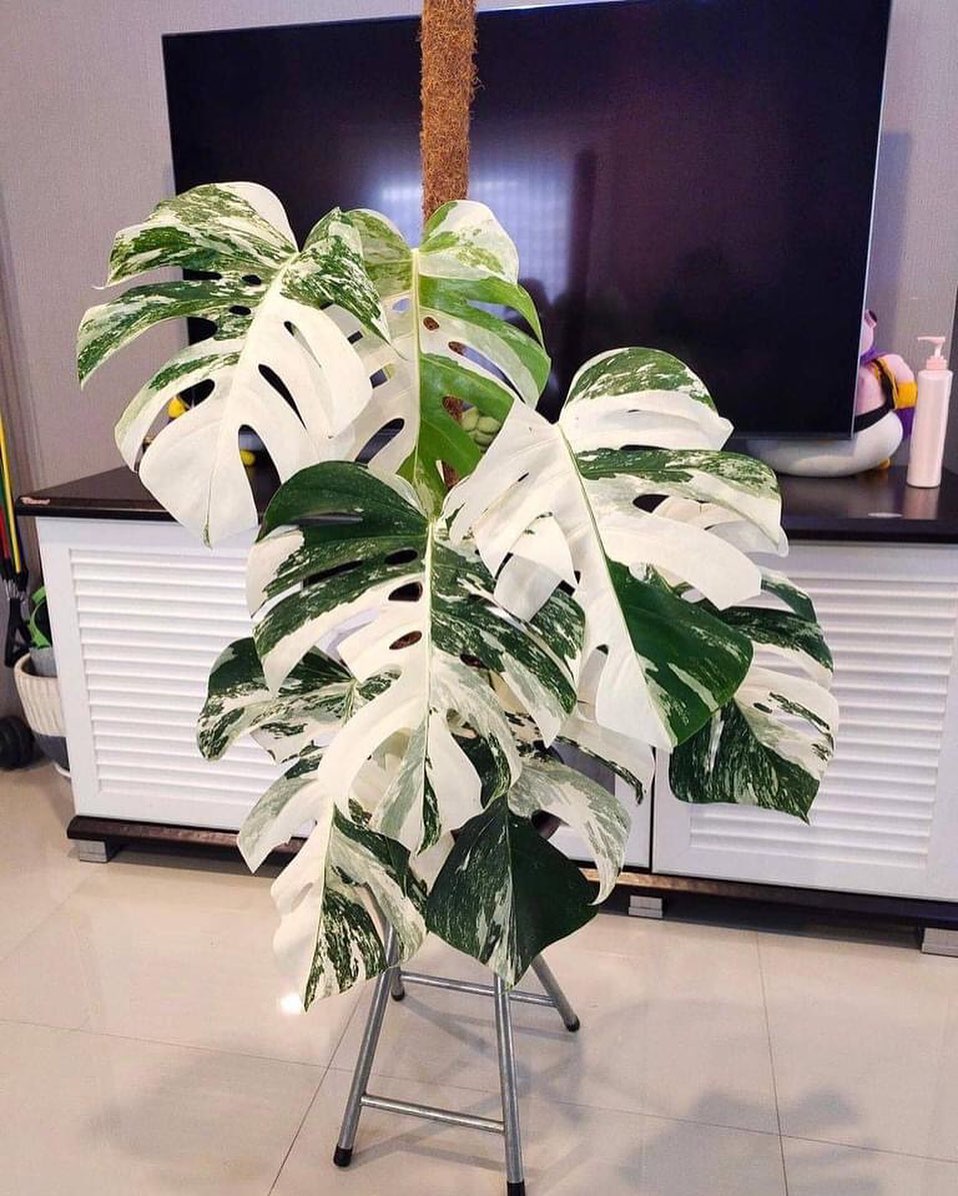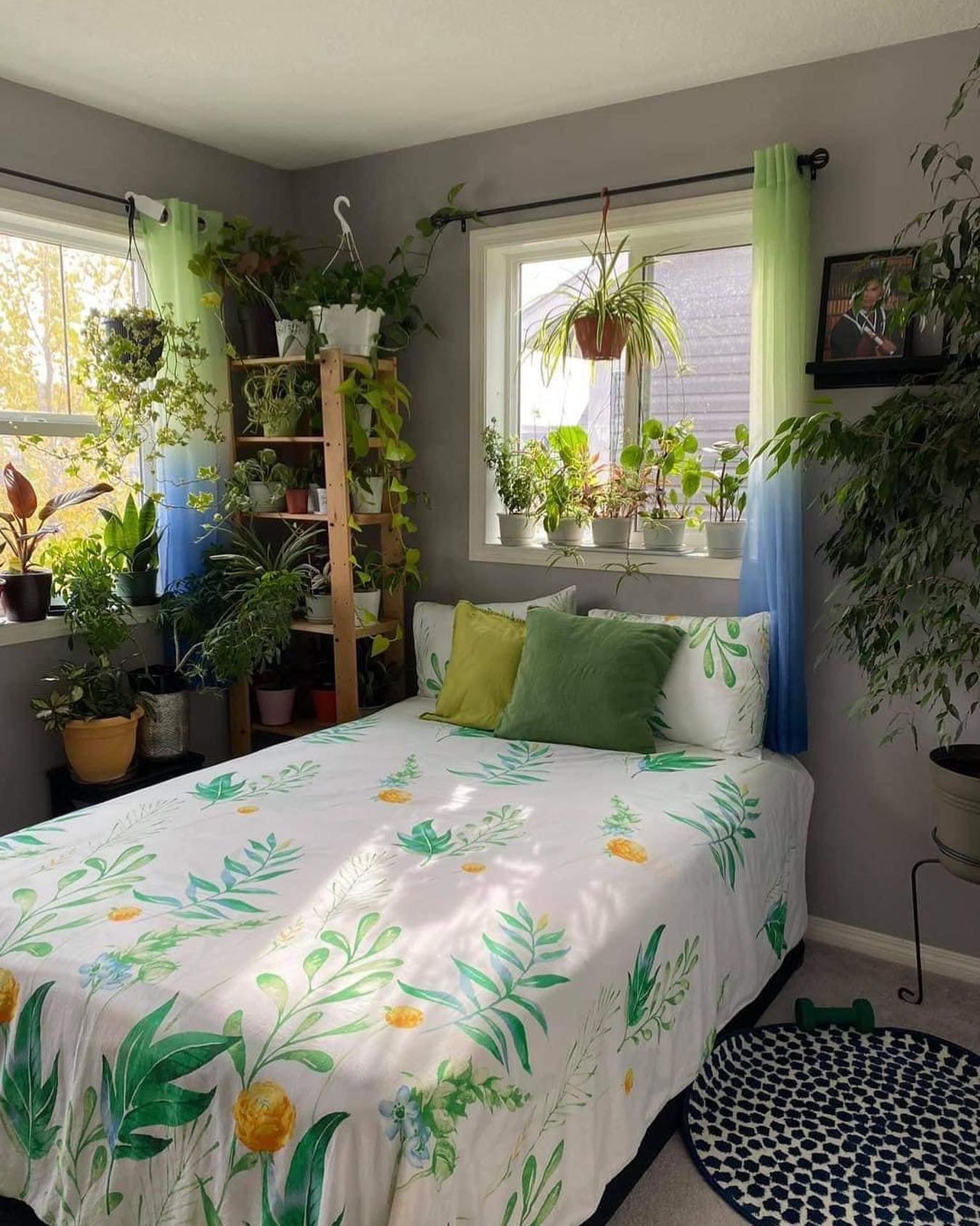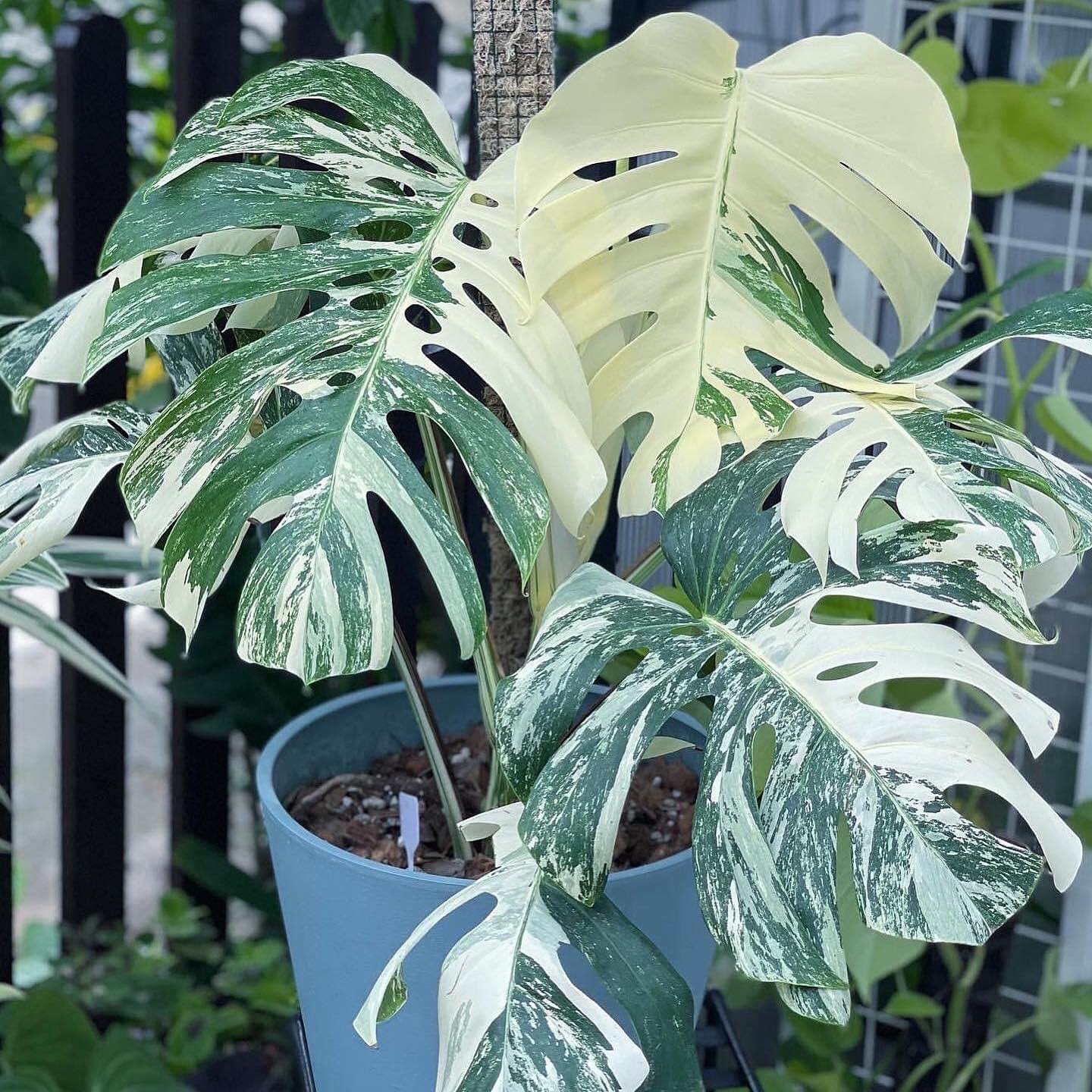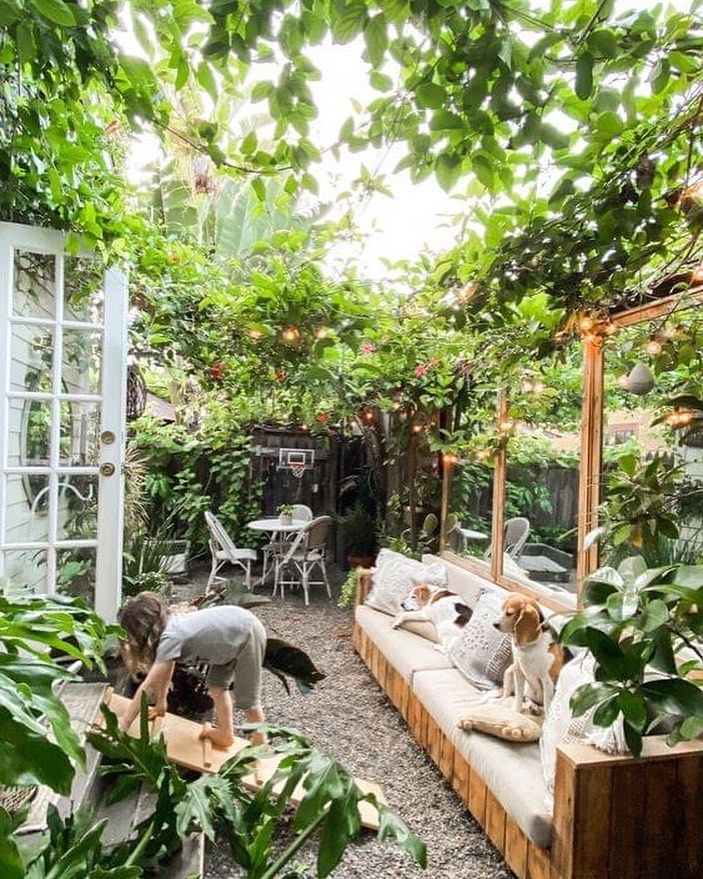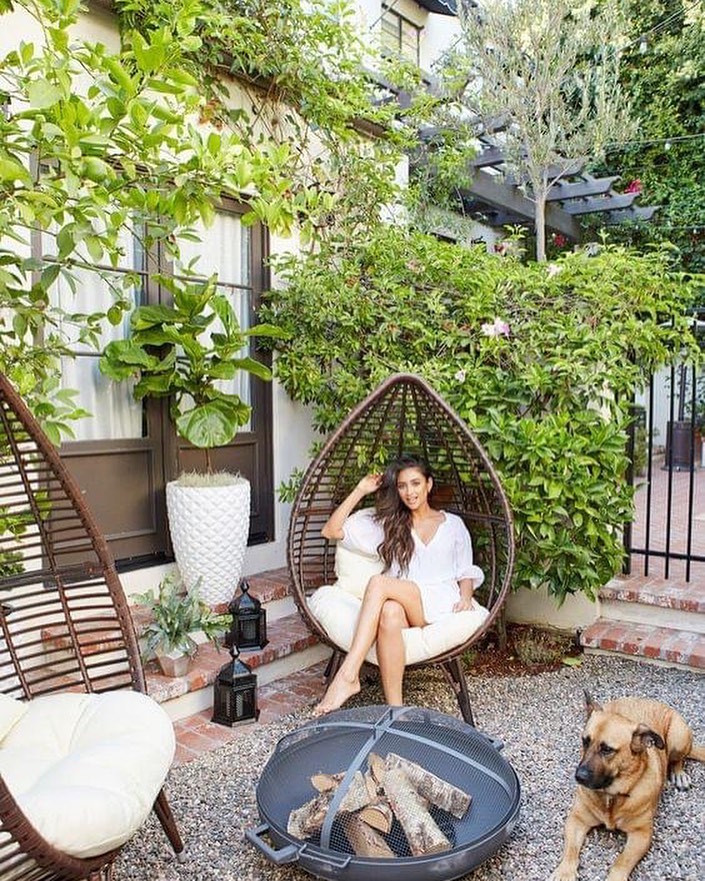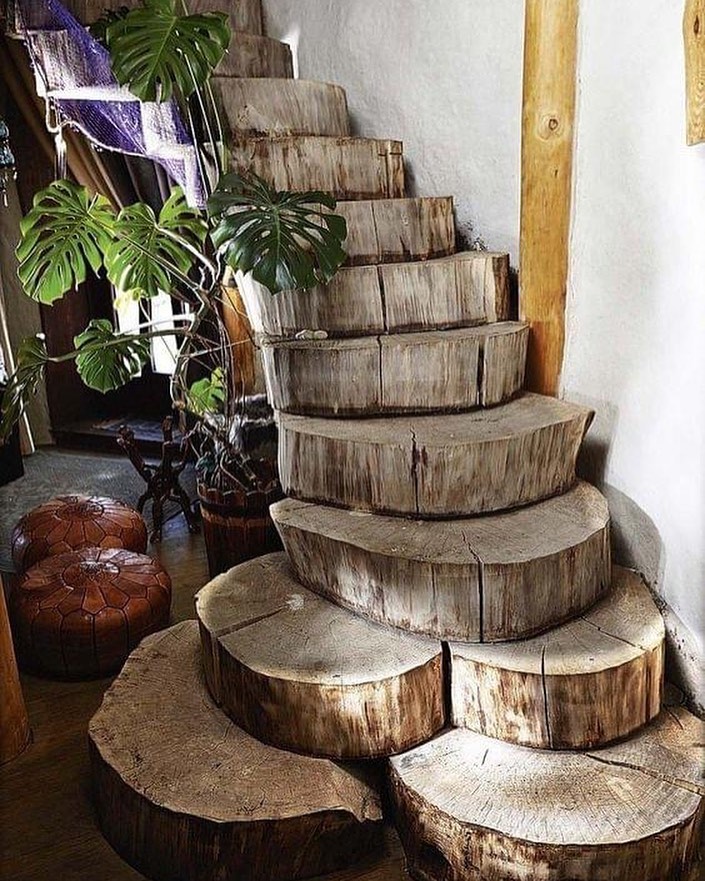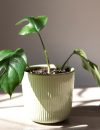Watering is the key function that needs to do correctly, especially for houseplants such as Monstera. Because it directly impacts the health of your plant.
So, if you need to keep your favorite Monstera plant for years, it is essential to know whether bottom watering or top watering is better.
That’s why I share my expertise, knowledge, and years of experience with you here. Keep reading! You will be amazed after knowing the scientific background of these two methods.
Contents
Top watering vs. bottom watering of Monstera plant
Top watering is the most common technique; people add water thoroughly until the potting soil gets moist. This method will drain the excess water through the pot’s drainage holes.
If we move to the bottom watering, it is used for many plants, including the Monstera. Here, you can sink the Monstera pot in the container filled a couple of inches with water. Then let it sink for 15-20 minutes and return your Monstera plant to its dry saucer.
When top watering the plants, leaves get wet, which can encourage the development of diseases in leaves and plants. On the other hand, some drainage holes are not working properly. Due to that, the excess water will remain in the pot and cause the root rot of the Monstera plant.
Moreover, in top watering, it is challenging to absorb sufficient water to the compact roots in the pot. That’s why bottom watering has become famous, especially in houseplants.
Now you may doubt why bottom watering is famous.
Let me clarify it further!
Can We Bottom Water Monstera Plants?
The answer is…maybe. While bottom watering can be beneficial for some plants, it can actually be detrimental to others. The key is to know your plant and what it needs.
For example, Monstera plants are native to humid, tropical climates. In their natural habitat, they would receive consistent moisture from rainfall and humidity in the air. If you live in a dry climate, bottom watering your Monstera may be a good idea to help keep the plant moist.
On the other hand, bottom watering may not be necessary if you live in a humid climate. Monstera plants can get all the moisture they need from the air. In fact, too much moisture can actually lead to root rot.
So, the bottom line (pun intended) is that you need to know your plant and what will work best for it. If you’re not sure, err on the side of caution and top water your plant (only when it is needed
Pros of bottom watering
- Bottom watering allows for absorbing sufficient water to the plant evenly without any disturbance
- The immature bottom roots can easily absorb the water
- Water will not contact the leaves. Therefore minimize the risk of growing molds and related diseases
- Efficient and absorb the correct amount of water
- Doesn’t wash over the top layer of soil. So, it doesn’t allow for washing out essential nutrients from the soil
- Strengthen the Monstera roots while fastly grow them down toward the water
- Reduce the overwatering activities
- Can dissolve fertilizers and encourage the nutrient absorption
- Do not need to add water frequently for the Monstera plant
Rather than these key benefits, there are some cons or disadvantages of bottom watering.
Cons of bottom watering
- Can build excess salts in the soil. To solve it, use top watering once just after 3 months. It will help to flush out the soil
- Probability to dry out Monstera plant upper roots
- Difficult to add fertilizers into the topsoil and reduce their effect of it.
- If you have a collection of Monstera plants, you may need a large container to sink all of them in a water
You may clearly understand that both top and bottom watering have pros and cons. However, when comparing the most critical facts, bottom watering is better than top watering for the Monstera plant to keep healthy.
But, whatever method you use to add water to your Monstera plant, it is essential to know the correct way.
So, let’s check how to use bottom watering correctly for the Monstera plant!

How to bottom water monstera plant?
Step 1: Make sure whether your Monstera plant actually needs water
You can check it by observing the signs of the Monstera plant. What are they?
Signs your Mainstera plant needs water
- The potting soil should be fully dry 2-3 inches down. Or else, you should water the Monstera plant when the top half of the potting soil is dry.
- Leaves provide good signs when plants actually need water. So, keep your eye on them and water the plant before Monstera leaves curl and droop
Step 2: Take a container and fill it using water
Here, the container should be enough to put your plant pot. Also, fill it 2-3 inches with water. Plus, if you wish to fertilize them using bottom watering, add sufficient fertilizers into the water and dissolve them.
Step 3: Check the plant in about 10 minutes using a finger test on the moisture meter
In this step, you can measure if the Monstera plant absorbs enough water or not. If the soil is not thoroughly watered, leave it for another 10-15 minutes.
Step 4: Drain the Monstera plant pot
Once the soil absorbs sufficient water, drain the water-filled container.
I hope now you understand why bottom watering is better than top watering for the Monstera plant. So, use the step-by-step guide and share your experience with me!
Tips:
- You can use a moisture meter to help you gauge when your plant needs water. Further, use the meter after a few minutes of bottom watering to check if the water has reached the roots. If not, add more water and check again after a few minutes.
- Be sure to bottom water your plant in the morning, so it has time to dry out before nightfall.
- You can also add some Monstera fertilizer to the water to boost your plant.
Conclusion
Bottom watering is a great way to water your Monstera plant if you’re looking for an efficient and effective method. Just be sure to know your plant and what it needs to avoid any potential problems.

